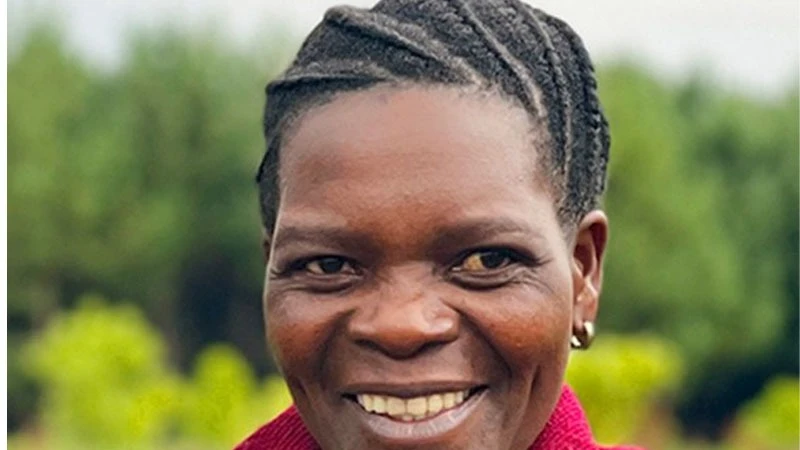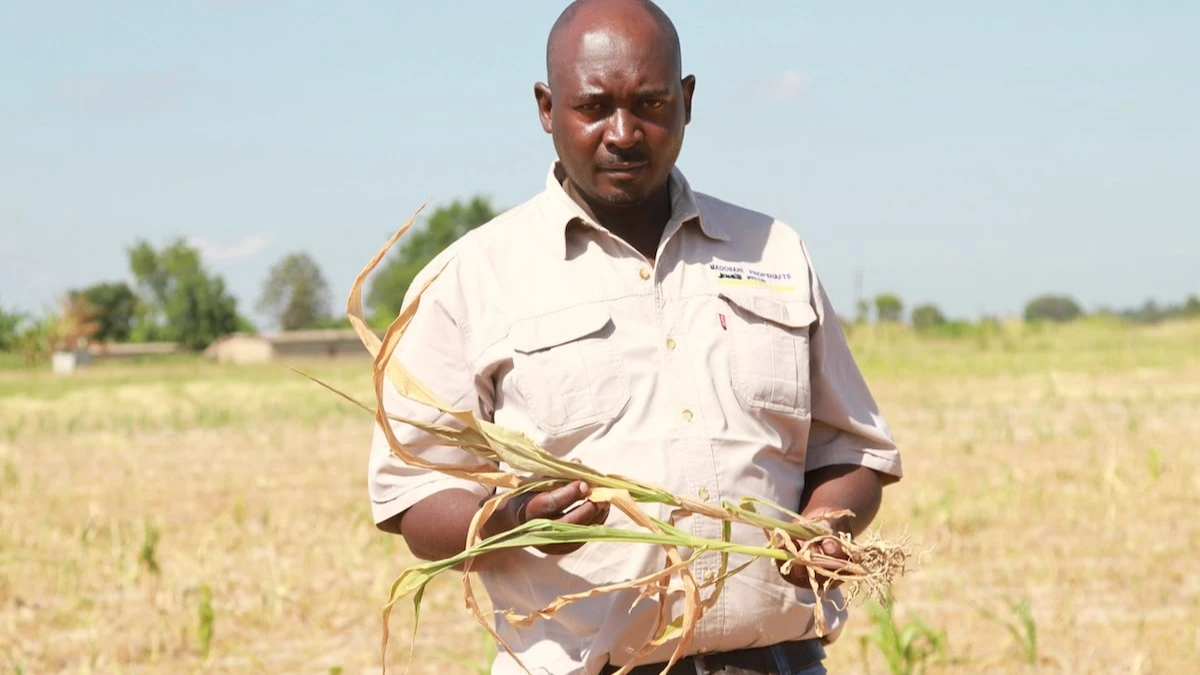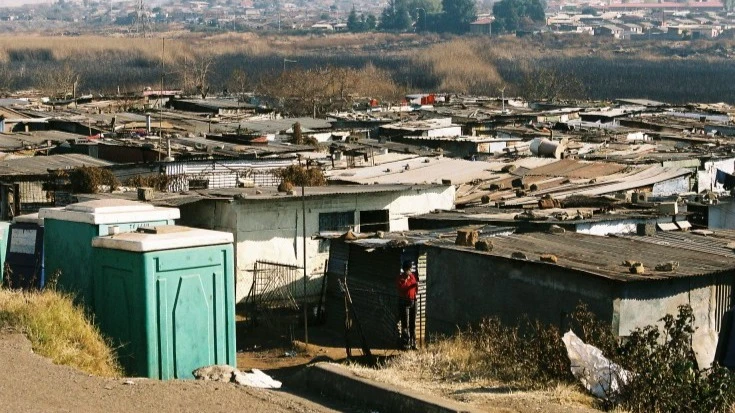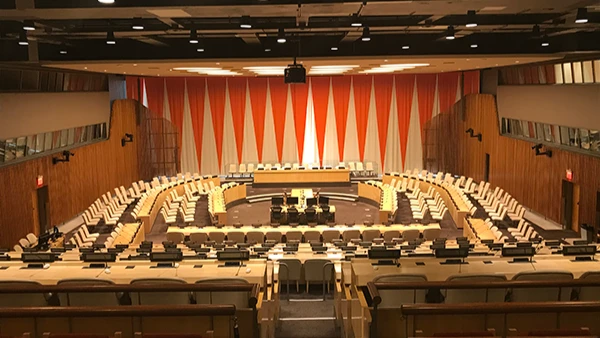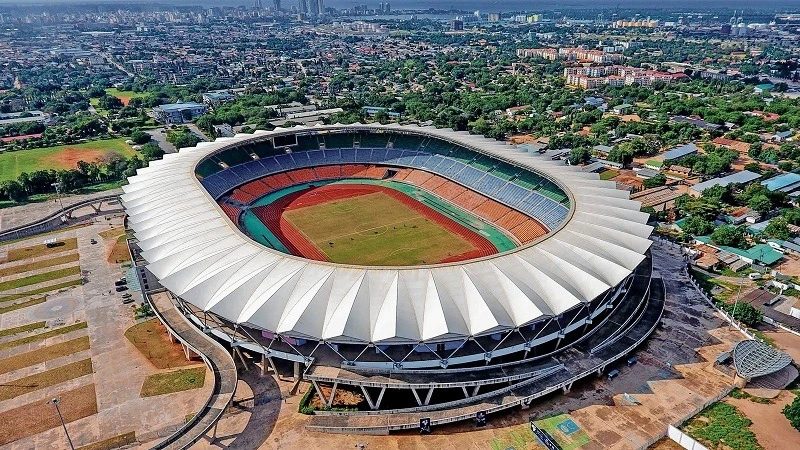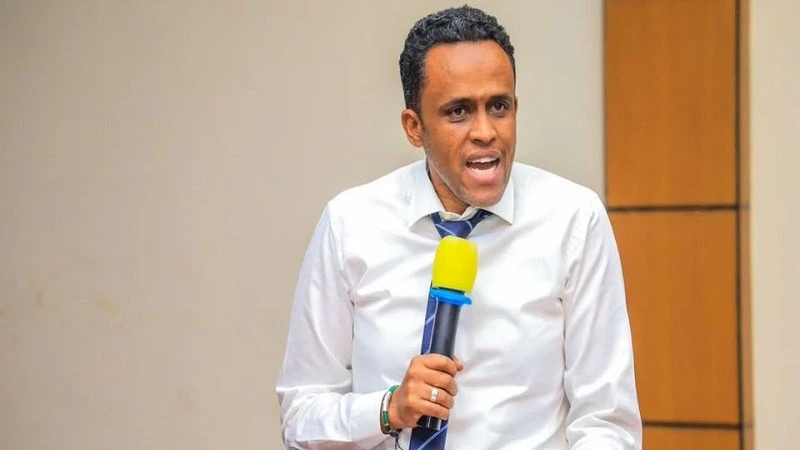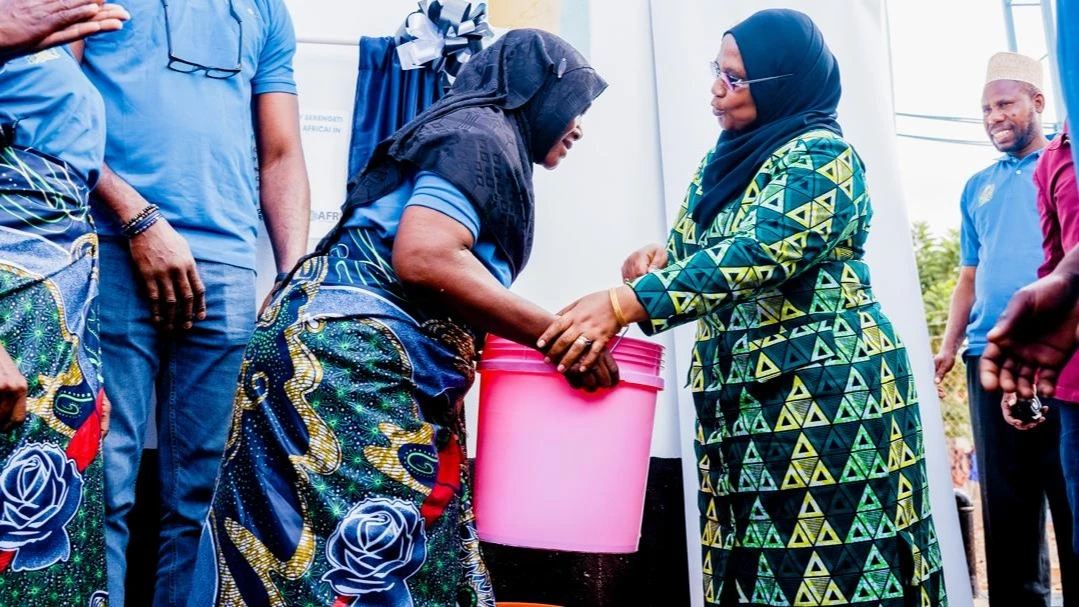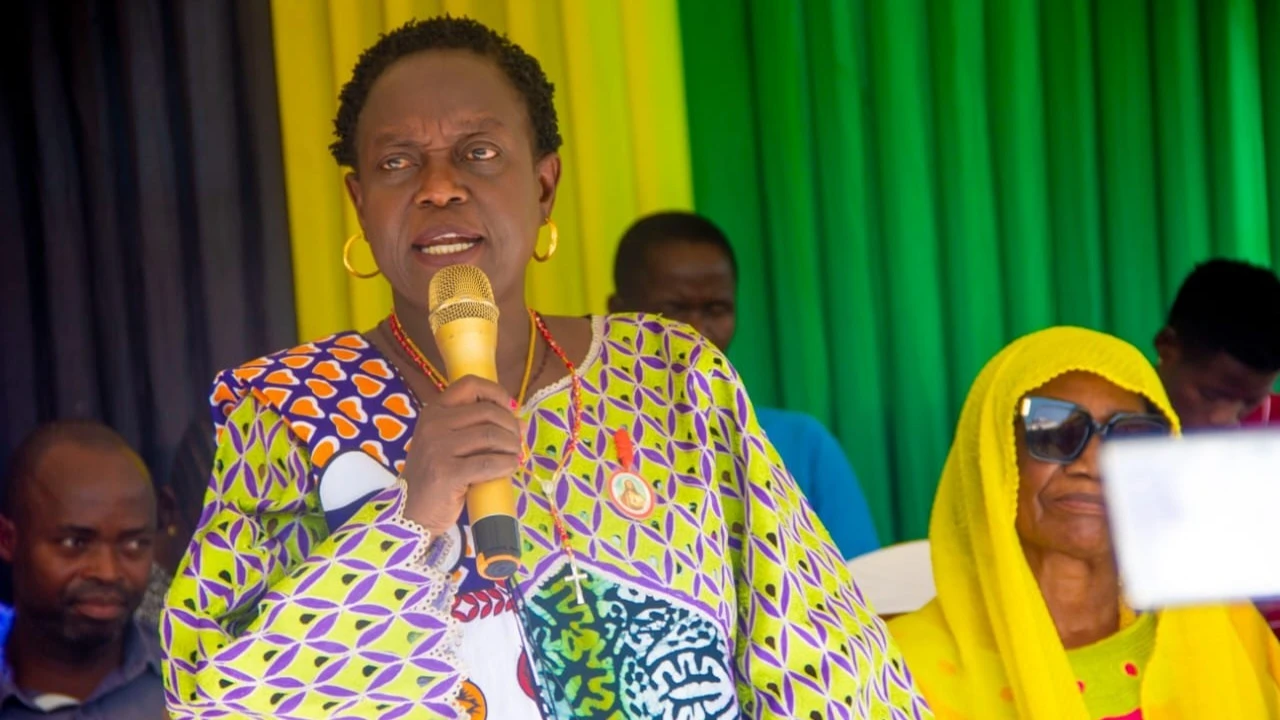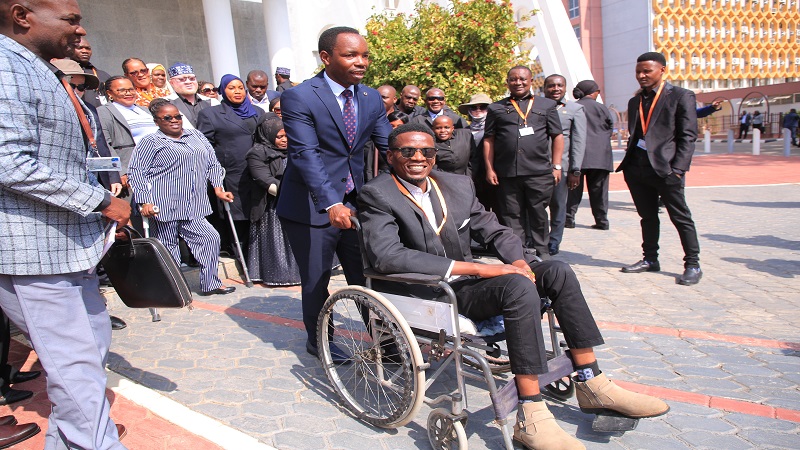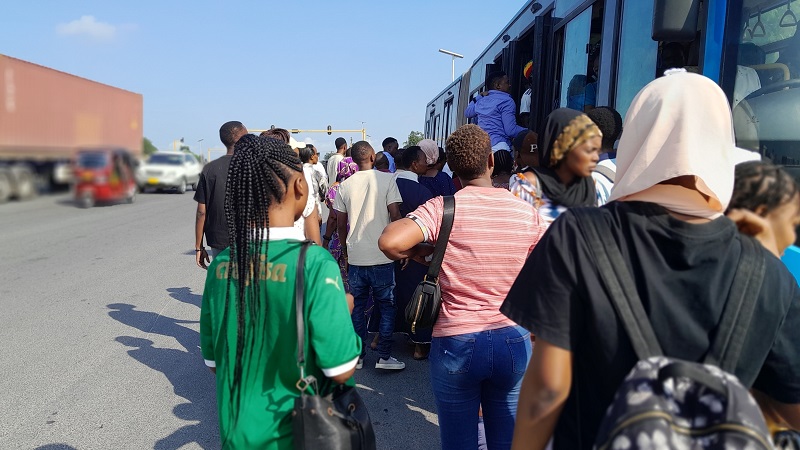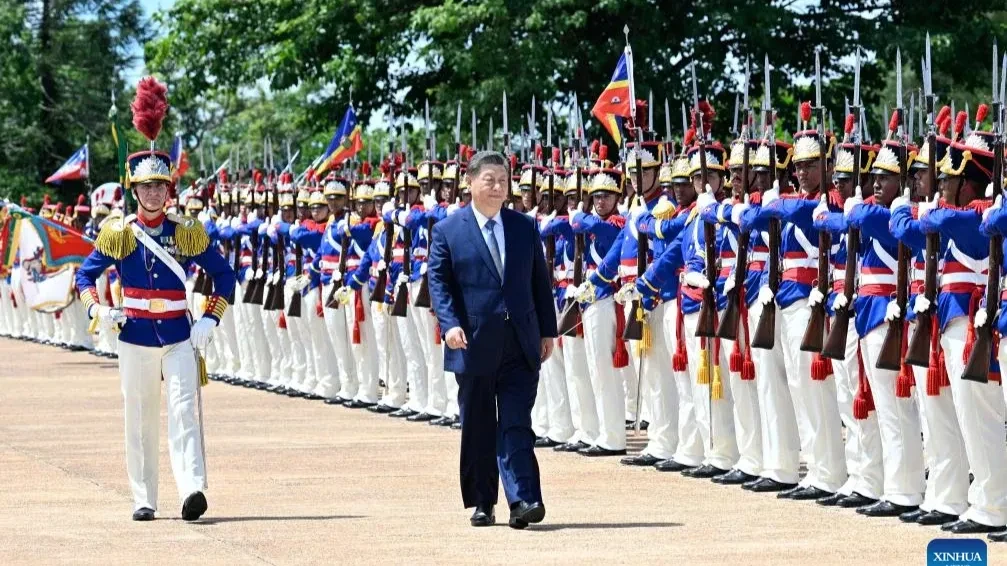ILO report: Sub-Saharan Africa leads world in child labour
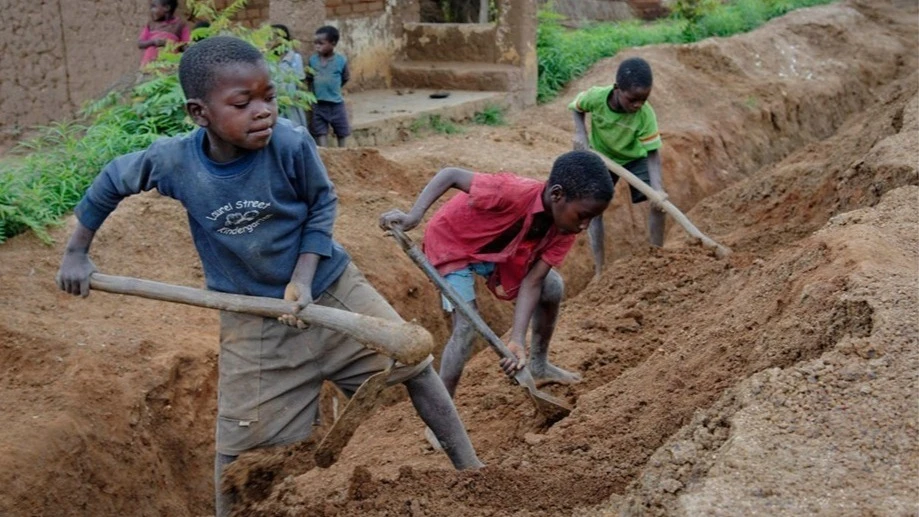
INTERNATIONAL Labour Organisation (ILO) in its recent report titled “Child Labour: Global Estimates 2024, Trends and the Road Forward" estimates that at least 138 million children (78 million boys and 59 million girls) are involved in child labour, and 54 million of them (about 4 in 10 children) in hazardous work.
Looking at regional levels and trends, the report says sub-Saharan Africa leads in the number of children engaged in child labour (87 million) - about two thirds of the global total, followed by Central and Southern Asia (17 million). “Sub-Saharan Africa also continues having the highest child labour prevalence at 22 per cent, followed by Northern Africa and Western Asia at a distant second with 8 per cent.”
The report suggests that in sub-Saharan Africa child labour could still be a problem even after 2030. “If prevalence levels remain as they are today, the number of children in child labour in sub-Saharan Africa could continue growing, surpassing 100 million after 2030, stemming from projected population growth.”
The ILO report states hazardous work occurs among children of all ages from 5-17 years. Thus, children aged 5-11 years, who comprise 30.8 million (57 per cent), those aged 12-14 years who comprise 12.8 million (24 per cent) and those aged 15-17 years, who comprise 10.3 million (19 per cent), are involved in hazardous work worldwide.
Section 4 of the Law of the Child Act (R.E 2019) establishes the construction of a child. Subsection (1) defines a child as a person aged below 18 years. Section 12 of the Act prohibits harmful employment to a child.
It states: “A person shall not employ or engage a child in any activity that may be harmful to his [or her] health, education, mental, physical or moral development.” Section 15 establishes the child’s general duties, which include “work for the cohesion of the family” [Section 15(a)].
What is needed is to ensure the best interests of children are met in all circumstances. Subsection (2) of the Law of the Child Act states that: “The best interests of a child shall be a primary consideration in all actions concerning children whether undertaken by public or private social welfare institutions, courts or administrative bodies.” This section aligns with Article 3 of the Convention on the Rights of the Child (1989) and Article 4 of the African Charter on the Rights and Welfare of the Child (1990).
Article (9)(e) of the Constitution of the United Republic of Tanzania, 1977 (as amended until 2005) states that “work means any legitimate activity by which a person earns a living.” When a child works as part of family chores it does not mean that he or she has to work as an adult, but as a child – meaning that he or she can participate in light work which does not trample on his or her best interests and welfare or simply his or her rights.
However, child labour everywhere in the world defies the child’s best interests and welfare. The African Charter on the Rights and Welfare of the Child (1990) provides for the protection of the child against child labour.
It states: “Every child shall be protected from all forms of economic exploitation and from performing any work that is likely to be hazardous or to interfere with the child’s physical, mental, spiritual, moral, or social development.”
The Law of the Child Act defines hazardous work as “any work which places a child at risk to suffer physical or mental injury” (Section 3). According to the African Charter on the Rights and Welfare of the Child, hazardous work is the type of work which interferes with the child’s physical, mental, spiritual, moral, or social development.
Section 82(3) of the Law of the Child states that hazardous work includes going to sea, mining and quarrying, porterage of heavy loads, manufacturing industries where chemicals are produced or used, work in places where machines are used, and work in places such as bars, hotels and places of entertainment.
Sustainable development goal (SDG) 8 provides for decent work and economic growth. Target 8.7 states: “Take immediate and effective measures to eradicate forced labour, end modern slavery and human trafficking and secure the prohibition and elimination of the worst forms of child labour, including recruitment and use of child soldiers, and by 2025 end child labour in all its forms.”
This means, as the ILO report notes, the world has fallen short of this ambitious target because child labour is still present in many parts of the world. However, the report acknowledges efforts that have been made across the world as child labour has fallen to some extent.
“The fall in child labour over the last four years brings the total reduction in the number of children in child labour to over 100 million since 2000. The decrease occurred amidst an overall increase in the global population of children aged 5-17 years during the same period,” reads part of the report.
It suffices to say that child labour is detrimental to the best interests and welfare of the child. To fight against child labour and hazardous work needs the participation of stakeholders, and the measure of this is ‘treat other people’s children as you would like them to treat yours’.
Top Headlines
© 2025 IPPMEDIA.COM. ALL RIGHTS RESERVED


